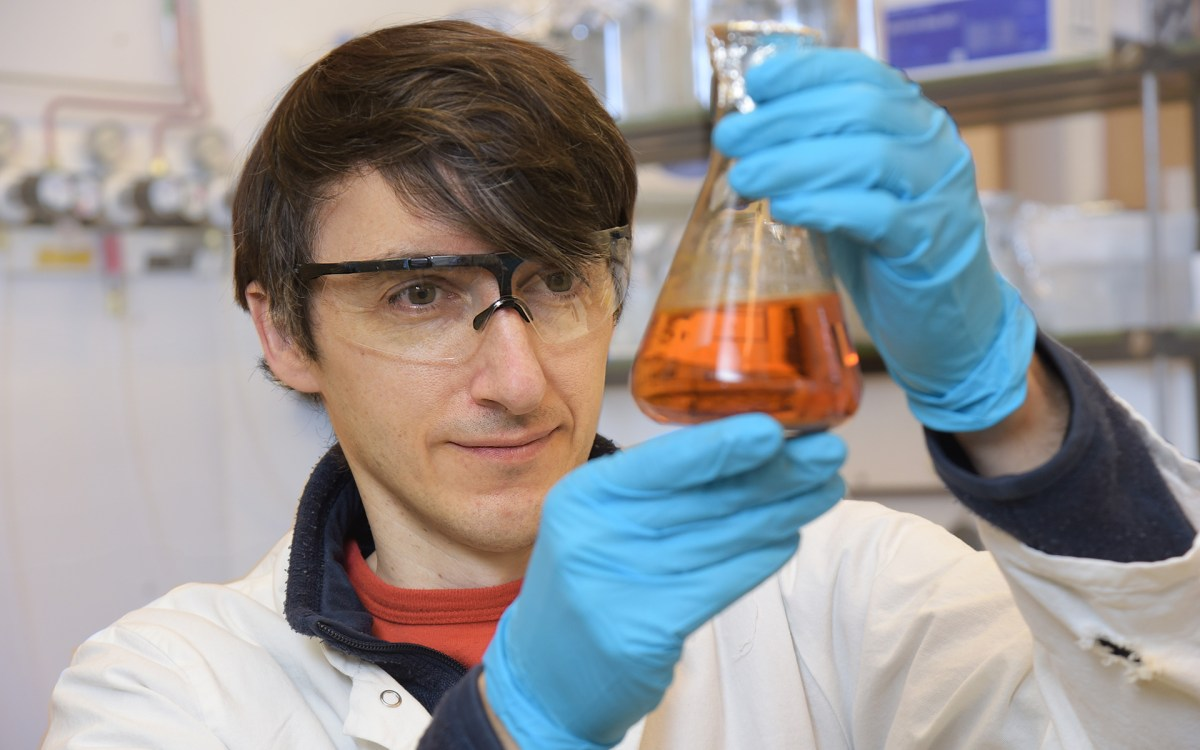House finch genetic adaptation is a fascinating field of study that showcases how environmental pressures can shape the genetic landscape of a species. Recent research has unveiled remarkable genetic resistance in house finches, highlighting their ability to evolve in response to diseases. This groundbreaking pangenomic study reveals a significant DNA inversion that may bolster their defense mechanisms, demonstrating evolutionary adaptations in action. Scientists are discovering the implications of structural DNA variation, which offers insights into disease resistance in birds, including the house finch. By understanding these genetic changes, we gain valuable knowledge that could also apply to other species, including humans.
The genetic evolution of the house finch presents an intriguing case of how organisms adapt to their environments over time. This small songbird encounters various challenges, including pathogens, which trigger evolutionary shifts and responses in its DNA structure. Notably, pangenomic approaches have shed light on these changes, revealing how specific genetic variations contribute to enhanced disease resistance among finch populations. Through these studies, researchers explore the intricate relationship between finches and their pathogens, uncovering essential patterns of survival that mirror the broader themes of adaptation in the animal kingdom. Such insights are critical in the context of understanding genetic resilience across species, providing clues to evolving mechanisms in response to infectious threats.
Understanding Genetic Adaptation in House Finches
Genetic adaptation is a fundamental concept in evolutionary biology, and the house finch serves as a fascinating case study. Recent research highlights how these birds have evolved through significant genetic changes, specifically a major DNA inversion that enhances their resistance to diseases. By analyzing a wide array of genetic data, scientists can trace the evolutionary lineage and understand how these adaptations provide advantages in a changing environment. The pangenomic approach employed by researchers allows for a comprehensive view of how variations in the DNA sequence influence traits, such as disease resilience.
The study led by Bohao Fang at Harvard University has shed light on this process, revealing that the house finch’s resistance to a conjunctivitis-causing pathogen is linked to these structural variations in their DNA. This insight into genetic adaptation not only exemplifies how birds like the house finch can develop disease resistance over time but also opens the door to understanding similar mechanisms in other species, including humans. Moreover, such findings emphasize the importance of genetic diversity within populations, which can be crucial for survival in the face of emerging diseases.
Frequently Asked Questions
What role does genetic resistance play in house finch adaptation to diseases?
Genetic resistance is crucial for house finch adaptation as it enables these birds to develop immunity against diseases such as those caused by conjunctivitis pathogens. Through studies like pangenomic analyses, researchers have traced the origins of structural DNA variations that enhance disease resistance in house finches, illustrating how genetic adaptations support survival in changing environments.
How do pangenomic studies contribute to understanding house finch genetic adaptation?
Pangenomic studies provide an extensive analysis of genetic variations among house finches by combining data from multiple individuals. This approach helps identify significant DNA inversions that affect disease resistance, offering insights into the evolutionary adaptations of finches. It creates a broader framework for understanding how structural DNA changes contribute to the fitness of these birds in the wild.
What evolutionary adaptations have been observed in house finches?
House finches exhibit significant evolutionary adaptations, including the development of genetic resistance to certain diseases. Research indicates that structural variations in their DNA play a pivotal role in combating pathogens. These adaptations not only enhance their survival but also provide valuable information on the mechanisms of disease resistance in birds.
What implications does structural DNA variation have for disease resistance in birds?
Structural DNA variation, such as those found in house finches, has profound implications for disease resistance in birds. It can lead to beneficial traits that enable birds to better cope with pathogens. By examining these variations, scientists gain insights into evolutionary adaptations and how bird populations can respond to emerging diseases over time.
How can studying house finches improve our understanding of disease resistance in other species?
Studying house finches offers a model for understanding disease resistance in other species, including humans. The genetic adaptations identified in these birds, particularly those related to structural DNA variations, can highlight pathways of evolutionary response to infections. This knowledge can be instrumental in developing strategies to combat diseases across various species.
| Key Point | Details |
|---|---|
| Research Focus | Study on genetic adaptation in house finches. |
| Study Methodology | Used a pangenomic approach for a broader genetic insight. |
| Key Findings | Discovery of a DNA inversion linked to disease resistance. |
| Implications | Offers insights into natural evolutionary responses to diseases. |
| Future Directions | More research needed to understand adaptive evolution in response to pathogens. |
Summary
House finch genetic adaptation demonstrates how the species has evolved naturally to resist diseases through significant genetic changes. This study highlights the importance of understanding genetic variations in wildlife, suggesting that similar adaptations might be evident in other species, including humans. By utilizing innovative pangenomic techniques, researchers are able to glean insights into the evolutionary mechanisms at play, emphasizing the house finch as a crucial model for future genetic studies.
